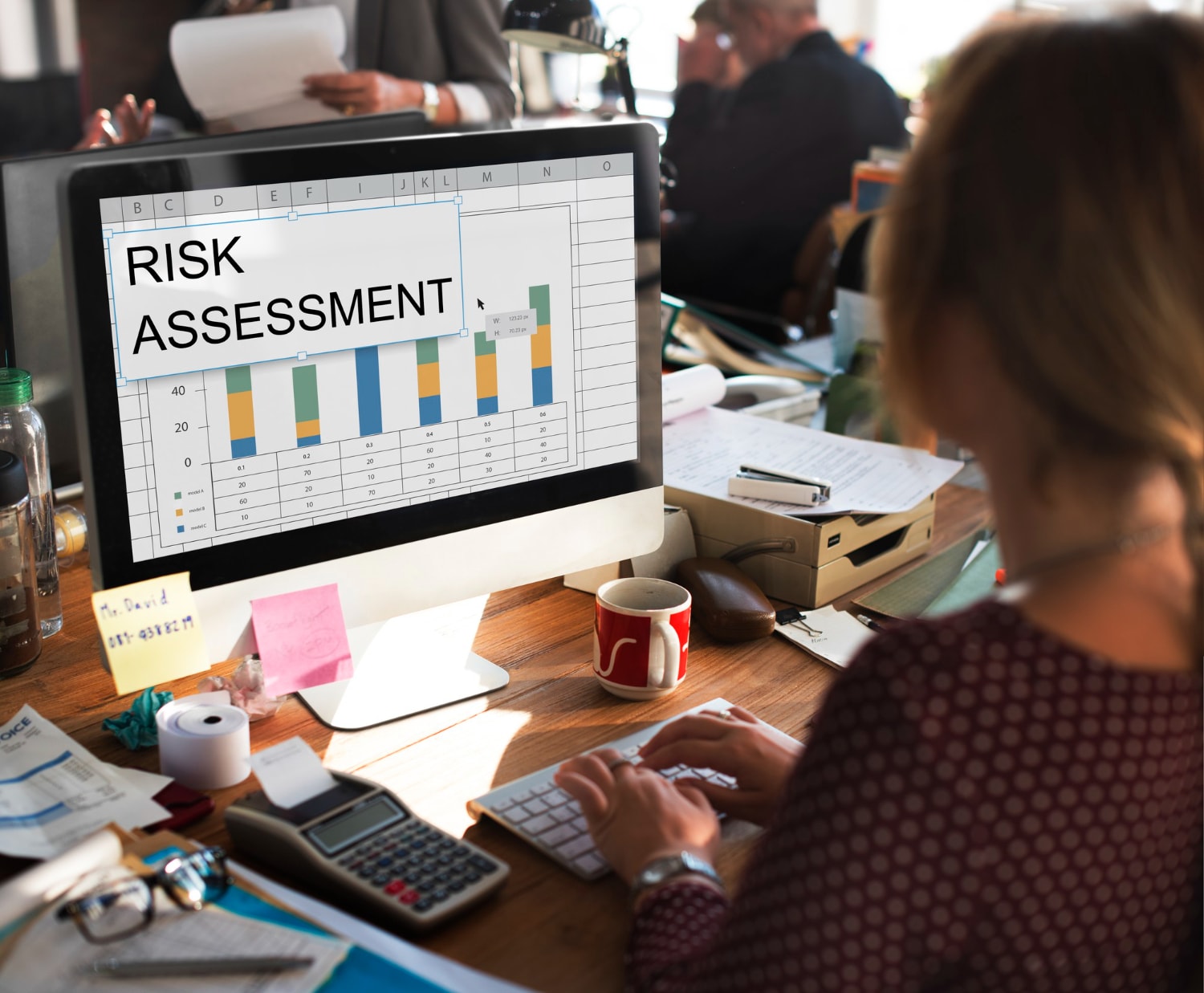Effective risk management in software projects is key to avoiding delays and budget overruns. In this article, you’ll learn actionable strategies, including effective risk management strategies for software projects, to identify, analyze, and manage risks, from technical issues to business and operational challenges. Discover proven techniques and best practices to keep your software projects on track.
The Importance of Risk Management in Software Projects

Effective risk management is crucial for the success of software development projects. Identifying and addressing potential threats early allows teams to allocate resources more effectively, improve project outcomes, and enhance customer satisfaction by reducing software bugs and user frustrations. By focusing on critical areas, proactive risk management prevents resource wastage and ensures continuous operations, enhanced security, and brand protection.
Robust risk management strategies enhance the ability to foresee and mitigate potential pitfalls, reducing the chances of project delays or failures. Regular assessments keep stakeholders informed about threats and measures in place, building trust and ensuring a shared understanding of the risk management process and project requirements, which helps to effectively manage risks. Additionally, managing risk through robust risk management processes helps streamline these efforts.
Neglecting risk management can lead to severe consequences like financial losses and project failures, undermining stakeholder confidence. Adopting a proactive stance in risk management secures the success and longevity of software projects.
Key Types of Risks in Software Development
Software projects face various challenges, from technical failures to budget overruns and schedule delays. Understanding the main risk categories—technical, business, and operational—is crucial. Identifying potential risks in these areas allows project managers to prioritize and address them throughout the project lifecycle, ensuring smoother project execution.
These risks can stem from both internal processes and external factors. Delving deeper into each category helps develop targeted risk mitigation strategies tailored to the unique challenges of the software development process.
Technical Risks
Technical risks encompass functionality and performance issues that arise due to software complexity and evolving requirements. These risks can result in security breaches and system failures. Additionally, they can lead to increased maintenance time, which may significantly affect project success. Examples of unexpected technical challenges include poorly implemented code, which can result in bugs and performance failures.
Effective management of technical risks requires vigilance and proactivity. Agile project management facilitates regular risk checks during each sprint. Alternative technology options and increased communication transparency among stakeholders help prevent delays and additional costs.
Higher software complexity increases the likelihood of technical risks, necessitating robust risk management practices.
Business Risks
Business risks in software development often stem from:
- Inaccurate budget estimations
- High-cost resources
- Unrealistic scheduling
- Technical challenges
- Resource constraints
- Unclear requirements
These risks can lead to financial risk for the company and potential risk strain the vendor-client relationship if not managed effectively.
Mitigating business risks involves establishing a realistic budget and deadline, periodically tracking progress, and avoiding scope creep through detailed planning. Corrective measures for variances are crucial for maintaining financial stability and ensuring project success.
Operational Risks
Common operational risks include project scope creep, misunderstandings, and inadequate resources. A well-defined communication plan ensures clarity among team members, reducing the risk of misunderstandings and promoting smoother project execution while also addressing potential project risks.
Change resistance from employees can occur when adapting to new processes, affecting project smoothness and past projects. Additionally, employee turnover hampers project continuity, highlighting the need for effective team dynamics and retention strategies.
Overcoming challenges in global teams involves establishing trust and addressing cultural variations. A healthy work-life balance is critical for productivity and project success.
Effective Risk Identification Techniques
Effective risk identification involves planning, detailed analysis, and validating risks against project scope. A solid strategy begins with thorough identification to ensure informed decisions. SWOT analysis is beneficial in the initial phase to uncover strengths, weaknesses, opportunities, and threats.
Methods for uncovering financial and operational risks include:
- Interviews with key stakeholders, which are crucial for identifying risks and help to identify potential risks.
- The Delphi Technique, which allows for anonymous feedback from a diverse group to identify a wider range of potential risks.
- Checklists of common risks, which ensure typical risks are not overlooked, including key risk indicators.
Flowcharting helps visualize processes and identify potential threats and opportunities. Early risk identification involves:
- Reviewing project requirements
- Conducting stakeholder interviews
- Performing documentation reviews to expose risks from project processes or inherent constraints.
Conducting a Comprehensive Risk Assessment
A comprehensive risk assessment involves both quantitative and qualitative methods. Qualitative risk analysis, a subjective evaluation based on probability and impact, is quicker but less precise. A risk matrix visually represents the probability and impact of risks. Additionally, risk assessments play a crucial role in identifying potential issues.
Quantitative risk analysis uses statistical techniques to provide precise numerical values for assessing risks. Effective quantitative analysis relies on mathematical models and high-quality data, making it suitable for high-priority risks.
Combining qualitative and quantitative analyses offers a comprehensive view of risks. Effective prioritization calculates both likelihood and potential impact, aiding resource allocation. Methods like a risk assessment matrix categorize risks by their likelihood and impact to prioritize risks for better prioritization.
Contingency planning is vital for addressing emerging risks, requiring identification of potential triggers.
Developing a Robust Risk Management Plan

A robust project risk management plan minimizes failures and cost overruns while preventing schedule delays. A comprehensive plan outlines the approach, execution, and monitoring of risk management activities, essential for effectively managing risks in software projects.
Risk response strategies should include avoidance, transfer, mitigation, and acceptance, aiming to reduce or eliminate potential risks and enhance risk responses, including risk reduction and risk avoidance. When selecting a risk strategy, evaluate the nature of the risk, its potential impact, risk status, and available resources.
The risk management plan should be updated periodically to ensure effectiveness. Develop a plan for each prioritized risk, including strategies to mitigate, transfer, accept, or avoid them. Assign responsibilities to team members for monitoring and addressing each risk. A comprehensive plan serves as the foundation for effective risk mitigation.
Implementing Proactive Risk Mitigation Strategies
Risk management strategies include acceptance, transference, avoidance, and reduction. Effective risk mitigation aims to manage risks proactively, minimizing threats and maximizing benefits.
Proactive risk management reduces the chances of delays and facilitates proactive risk identification, preventing project failures. A proactive approach is essential for software agencies to:
- Adopt a proactive mindset
- Establish concrete reaction plans
- Designate a backup resource for critical tasks to help mitigate risks, especially during employee absences.
Risk mitigation planning may involve implementing safeguards, allocating additional resources, and adjusting project timelines. Developing strategies for managing identified risks is crucial for effective mitigation strategy to mitigate risks effectively.
Continuous Risk Monitoring and Control
Ongoing risk monitoring is vital for identifying potential issues before they escalate in an ongoing process. Risk management in projects demands continuous monitoring and regular assessment. Organizations should implement a system to continuously assess and report on risks.
Regular reviews using specific tools and techniques enhance risk monitoring effectiveness. Real-time data monitoring helps teams track and adapt to evolving risks efficiently. Maintaining a risk register is crucial for tracking identified risks and their mitigation measures.
Monitoring and reviewing risk management plans ensure they remain effective and relevant. Encouraging a culture of continuous improvement enhances risk management strategies.
Integrating Change Management with Risk Management
A unified methodology for change and project management promotes consistency and clarity across the organization. Research indicates that combining change management with project management increases the likelihood of meeting objectives and achieving project manager goals.
Integrating change management allows for:
- Proactive risk identification and mitigation.
- Use of key performance indicators to provide early warning signals for potential risks.
- Clear roles and responsibilities that enhance collaboration between change and project management teams.
Integrated tools, such as communication plans, foster a shared understanding between change and project management. A structured approach to change management facilitates smoother alignment with project milestones.
Utilizing Project Risk Management Tools
Project risk management tools assist in identifying, analyzing, and reducing threats to software projects. These tools streamline the process, enabling efficient handling of risks and helping project managers with identification, assessment, and mitigation.
Effective risk management software should have customizable features, enable team collaboration, and provide real-time reporting for improved oversight. Features like detailed risk entries with probability and mitigation plans are crucial.
Advanced features in risk management tools include automated alerts and predictive analytics to identify potential issues. Emerging technologies like machine learning enhance risk management by automating alerts and forecasting risks.
Project risk management software enhances the ability to uncover and analyze risks through features like risk registers and advanced analytics. It can streamline processes and improve overall efficiency by automating repetitive tasks.
Best Practices for Managing Software Project Risks

Effective risk management minimizes bugs and improves customer satisfaction. Implementing best practices in risk mitigation enhances the likelihood of project success by identifying and addressing potential issues effectively. Quality Assurance identifies potential issues early and addresses them before escalation.
Effective communication with stakeholders reveals valuable insights regarding risks. Lessons learned from managing changes enhance processes related to change and risk management. Ongoing training and adherence to standards are critical for effective risk management.
Content should be concise and informative to maintain clarity in communication about risks. Adopting these best practices ensures smoother project execution and higher success rates, allowing teams to allocate resources effectively.
Summary
In summary, effective risk management is essential for the success of software projects. By understanding and addressing technical, business, and operational risks, teams can ensure better project outcomes and higher customer satisfaction. Implementing proactive risk identification and mitigation strategies, continuous monitoring, and integrating change management with risk management are key to managing risks effectively.
Remember, the goal is to minimize potential threats and maximize project success. By adopting these strategies and best practices, you can navigate the complexities of software development with confidence and achieve remarkable results. Embrace risk management as a continuous journey, and let it guide you to success.



